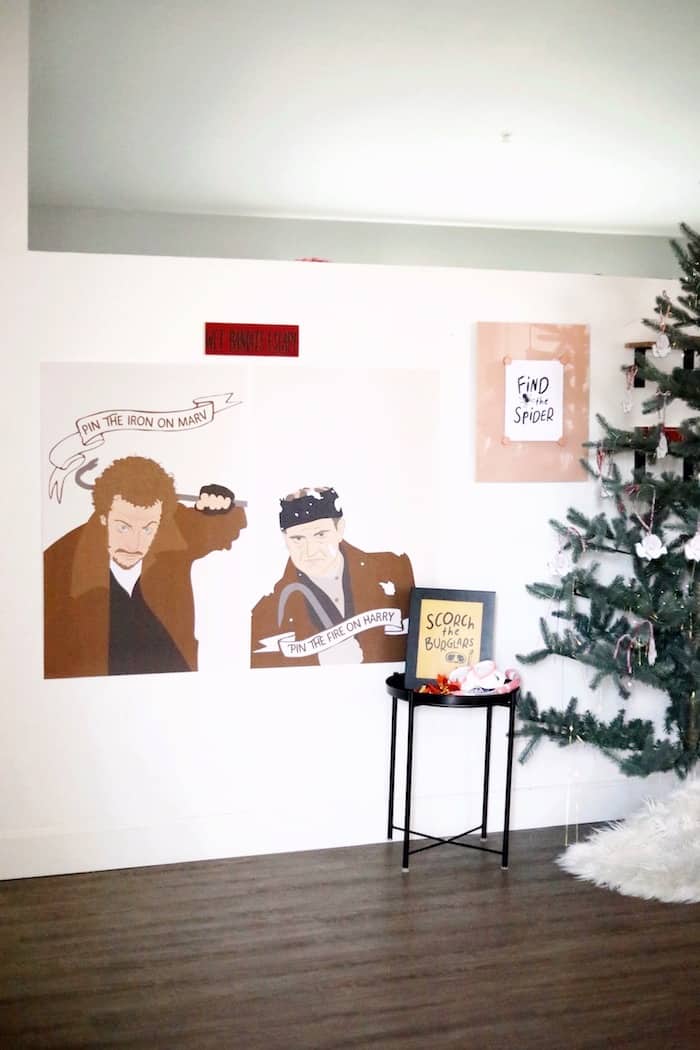Decorating your home can feel like a daunting task, especially when you’re doing it alone. However, this can also be an exciting opportunity to express your personal style and create a cozy sanctuary just for you. Drawing from personal experiences and insights gathered over the years, I’ve compiled a comprehensive guide filled with home alone decorating ideas that will make your space feel uniquely yours.
Understanding Your Space
Before diving headlong into decorating, it’s essential to understand your space. Here are a few steps to help you assess your environment:
1. Evaluate Your Space
Take a moment to walk through your home and observe what you love and what you’d like to change. Identify the areas that feel empty or don’t reflect your personality.
2. Define Your Style
Pinpointing your style is crucial. Are you drawn to minimalist designs or do you prefer a bohemian vibe? Use inspiration from magazines, Pinterest, or even friends’ homes to help clarify your preferences.
3. Set a Budget
Determine how much you’re willing to spend on your decorating project. This will help streamline your choices and prevent overspending.
Home Alone Decorating Ideas
Once you have a grasp of your space, style, and budget, it’s time to explore some decorating ideas.

1. Create a Cozy Reading Nook
When you’re home alone, it’s the perfect time to curl up with a good book. Here’s how to create a cozy reading nook:
Steps to Create Your Reading Nook:
- Choose a quiet corner in your home.
- Add a comfortable chair or bean bag.
- Include a small bookshelf or side table for your reads.
- Use soft lighting, such as a floor lamp or fairy lights.
- Don’t forget to add some cushions for extra comfort!

2. Personalize Your Walls
Walls can speak volumes about your style. Here are some ideas to personalize your walls:
Wall Decor Ideas:
- Gallery Wall: Create a stunning gallery wall with photos, artwork, and personal mementos.
- Quotes and Typography: Use framed quotes or typographic prints that resonate with you.
- Mirrors: Mirrors can make spaces feel larger while adding a decorative element.

3. Use Area Rugs to Define Spaces
Area rugs can help define different areas within a larger space. Here’s a quick guide:
| Rug Style | Best For | Pros | Cons |
|---|---|---|---|
| Cozy Shag | Living Rooms | Soft, warm, adds texture | Can be hard to clean |
| Flatweave | Dining Rooms | Easy to clean, versatile | Less cushioning |
| Oriental | Foyers | Elegant look, durable | Can be expensive |
Color Schemes and Palettes
Choosing the right color scheme can dramatically affect the atmosphere of your home.

Popular Color Palettes:
- Monochrome: Keeps everything simple and sophisticated.
- Pastels: Soft colors create a calming environment.
- Bold and Bright: Makes a statement and adds energy to the space.
Tips for Choosing Colors:
Consider the following when selecting your colors:
- Natural light in your space.
- Existing furniture colors.
- Your personal mood preferences.

Plants: Bringing Life Inside
Incorporating plants into your decor can breathe life into your home. Here are some easy-to-care-for options:
Best Indoor Plants for Beginners:
- Snake Plant: Tolerates low light and requires little water.
- Pothos: Thrives in various conditions and grows quickly.
- Peace Lily: Beautiful flowers and helps purify air.
Creating an Inviting Atmosphere
It’s essential to make your home feel warm and inviting. Here are some tips:
1. Use Soft Lighting
Bright overhead lights can feel harsh. Instead, opt for soft, warm lighting with table lamps, floor lamps, or wall sconces.

2. Incorporate Textiles
Textiles such as curtains, throw blankets, and cushions can soften a space and add warmth. Mix and match different textures for added interest.
3. Add Personal Touches
Curate items that reflect your journey. Whether it’s travel souvenirs, family heirlooms, or your favorite artwork, these items can make your space feel unique.
DIY Home Decor Projects
Feeling crafty? Here are some DIY projects to try:
1. Painted Flower Pots
Transform simple clay pots with a splash of color. Use acrylic paints to create fun designs that match your decor.
2. Upcycled Furniture
Give old furniture a new life with paint or new upholstery. It’s sustainable and can add character to your home.
3. Handmade Wall Art
Use canvas, and paint, or even fabric scraps to create pieces of art that resonate with you.
Cost-Effective Decorating Tips
Decorating doesn’t have to break the bank. Here are some cost-effective tips:
1. Thrift Store Finds
Hunt for unique decor pieces at thrift stores. You’d be surprised at the hidden gems you can uncover!
2. Swap with Friends
Consider organizing a decor swap with friends. You can refresh your space without spending a dime.
3. Seasonal Decor
Change your decor with the seasons. Simple swaps like throw pillows or wall art can make a difference.
FAQs about Home Alone Decorating Ideas
What are some budget-friendly home decorating ideas?
Consider DIY projects, thrift store finds, and swapping decor items with friends. These methods can refresh your home without costing much.
How do I choose a color palette for my room?
Start by considering the mood you want to create. Look at existing furniture and decor for inspiration, and consider how natural light affects colors.
Can plants really improve my interior decor?
Yes! Plants add life, color, and texture to your space. They can also purify the air and create a calming atmosphere.
What are some tips for creating a cozy living room?
Incorporate soft lighting, use an area rug to define the space, and add cushions and throw blankets to create a warm ambiance.
Where can I find decoration inspiration?
Websites like Pinterest, home decor blogs, and magazines are great sources of inspiration. You can also visit local showrooms for ideas.
Final Thoughts
Decorating your home alone is an empowering experience that allows you to showcase your personality and creativity. Embrace this journey by exploring different styles, incorporating personal touches, and enjoying the process. Remember, your home is a reflection of you; let it shine!